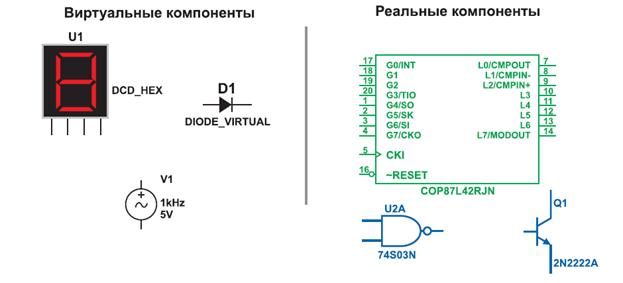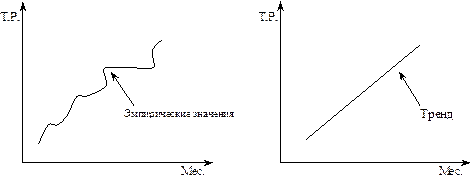The exclusive economic zone
- extends to 200 nautical miles - coastal State has sole exploitation rights over all natural resources - freedom of navigation and overflight
The continental shelf – seabed and subsoil extending beyond territorial sea throughout the natural prolongation of the land territory - not more than 350 nautical miles from baselines - exclusive control over living resources "attached" to the continental shelf, but not to creatures living in the water column beyond the exclusive economic zone.
High seas: - free for every State, is province of all mankind (res communis omnium) - freedoms of navigation and overflight, - laying submarine cables and pipelines, - fishing, scientific research, - constructing artificial islands and other installations (if permitted by international rules)
Landlocked states are given a right of access to and from the sea, without taxation of traffic through transit states. The right of hot pursuit ceases as soon as the pursued vessel enters territorial waters of its state or territorial waters of the third state. 12. Организация Объединенных Наций: создание, устав, цели и принципы. Роль в современном мире 1. The main provisions of the UN Charter were drew up on the conference of USSR, USA, UK and China representatives in 1944 in Washington 2. The final draft of the Charter was signed on 26 June 1945 by the representatives of the 50 countries. 3. The UN came into existence on 24 October 1945 (Charter ratified by China, France, USSR, UK, US and a majority of other signatories). USA – depository of instruments of ratification.
Purposes: 1. maintain international peace and security 2. develop friendly relations among nations based on respect for the principle of equal rights and self-determination of peoples 3. to strengthen universal peace 4. achieve cooperation in solving international problems (economic, social, cultural and humanitarian), promoting respect for human rights and fundamental freedoms 5. harmonize the actions of nations in attaining of these common ends
The Organization and its Members, in pursuit of the Purposes stated in Article 1, shall act in accordance with the following Principles: • sovereign equality of all its Members • fulfilment of obligations in good faith by all Members • settlement of disputes by peaceful means • to refrain from the threat or use of force • assistance to the UN in any action • nothing in the Charter is to authorize the UN to intervene in matters within domestic jurisdiction of any state
• General Assembly admits new Members on recommendation of Security Council. • Suspension or expulsion of a Member for violation of the principles provided. • Official languages: Chinese, English, French, Russian and Spanish (Arabic added as official language of General Assembly, Security Council and Economic and Social Council).
Role of UN • UN – was main institution that has source of authority in recent decades • has done little job to restore international order after cold war • UN found itself in an asymmetrical world after Cold War • the USA feeling strong and acting in its own interests disregarding the UN decisions and UN Charter • comedown of NATO. NATO might find new lease of life - to keep alive a standing alliance which can react quickly to foreign emergencies. • increasing disorder • dangers of international system without authority – aggression, of non-state actors using military force etc. • governments have great deal of authority (confiscating a large amount of individual incomes through taxation) • we should welcome the ebbing (убывание) of authority internally within the countries and regret the ebbing of athority in international system 13. Система органов ООН: главные и вспомогательные органы, специализированные учреждения. Генеральная Ассамблея ООН: структура, процедура голосования, полномочия, роль 2 types of organs within the UN - principal (powers, functions, composition determined by the Charter): GA, SC, ECOSOC, Trusteeship Council, ICJ, Secretariat - subsidiary (created by principal organs that determine powers, functions and composition): set up by General Assembly – International Law Commission, the United Nations Environment Programme (UNEP), the Office of the UN High Commissioner for Refugees (UNHCR), UNICEF United Nations International Children's Emergency Fund, the United Nations Development Programme (UNDP), the UN Administrative Tribunal (UNAT). set up by Security Council – peace-keeping missions, Sanctions Committees, the International Criminal Tribunals for the Former Yugoslavia and Rwanda, UNCC (the United Nations Compensation Commission)
The principal organ will confer some of its powers on a subsidiary organ that it creates. However, a principal organ may be entitled to confer on the subsidiary organ powers which it does not itself possess where the power to establish such a subsidiary organ is necessary.
Specialized agencies: • international organizations in their own right (unlike subsidiary organs) • established by separate treaties; bound with the UN by agreements • the UN may though coordinate their activities (mainly, through ECOSOC)
The General Assembly:
|




